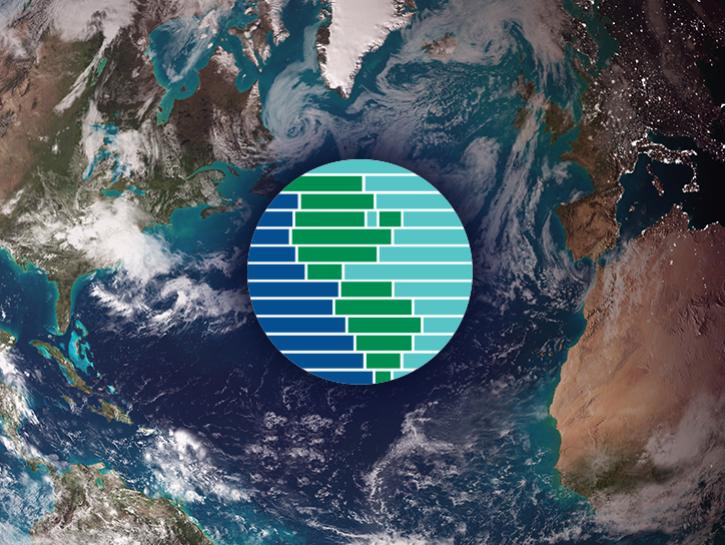Content from all Earth science data sites are migrating into this site from now until end of 2026. Not all NASA Earth science data will appear across the site until then. Thank you for your patience as we make this transition.
Read about the Web Unification Project
Error message
The submitted value 10 in the Items element is not allowed.Vegetation Index Data Access and Tools
From discovery to visualization, data tools such as Worldview, Giovanni, and Application for Extracting and Exploring Analysis Ready Samples (AppEEARS) guide users in making the most of vegetation index data.
Table of contents
Vegetation Index Data Tools
| Tool Sort descending | Description | Services | |
|---|---|---|---|
| Worldview | Worldview offers the capability to interactively browse over 1,200 global, full-resolution satellite imagery layers and download the underlying data. | Analysis, Search and Discovery, Visualization |
SHOWING 1 OF 1
Featured Vegetation Index Observation Method: MODIS
The Moderate Resolution Imaging Spectroradiometer (MODIS) instrument aboard NASA's Terra satellite can survey the entire Earth every one to two days. MODIS data can be used to create vegetation index products with up to 250-meter resolution.
The Visible Infrared Imaging Radiometer Suite (VIIRS) will help ensure continuity of Earth observations after the upcoming retirement of the Moderate Resolution Imaging Spectroradiometer (MODIS).
A new Combined Aqua and Terra MODIS Cloud Properties product is available at NASA's LAADS DAAC for both daily and monthly datasets.
GIBS will be expanding the data range and palette of the MODIS Aerosol Optical Depth products.
Join us to learn how to discover, subset, access and visualize both MODIS and VIIRS data products using a suite of user-friendly tools developed by NASA's ORNL DAAC.
Frequently Asked Questions
Earthdata Forum
Our online forum provides a space for users to browse thousands of FAQs about research needs, data, and data applications. You can also submit new questions for our experts to answer.
Submit Questions to Earthdata Forumand View Expert Responses


